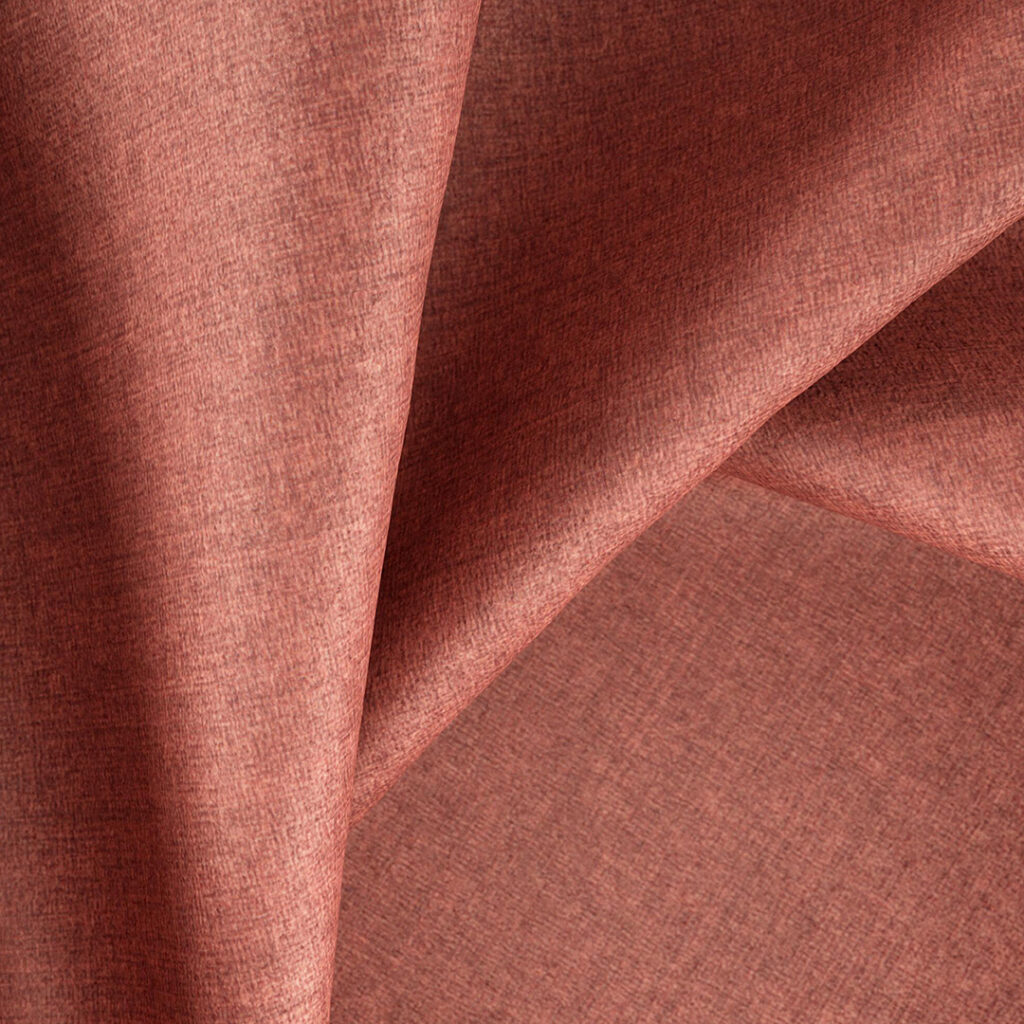Glossary Entry: Flatwoven Upholstery Fabrics
Flatwoven upholstery fabrics are a key component in interior design and are known for their versatility and aesthetic appeal. But what are they?
A flat weave is a fabric without texture or an obvious surface relief. This doesn’t mean the fabric is plain and boring. The variety of flat weave fabrics available is vast, stretching from luxurious, glamorous satins, to dimensional and elegant taffetas, to more natural and casual items such as a brushed cotton with its soft, napped texture, or homely linen. Flatwoven fabrics have a subtle touch in your hands and elevate a space with their understated visual elegance. - Answering your questions on flat weave vs textured décor fabrics
The Difference between Flatwoven Fabrics and Other Kinds of Fabrics
Woven fabrics are made by interlacing two or more threads or yarns at right angles to form a flat, stable surface. They are known for their strength and durability, and are commonly used in clothing, upholstery, and home décor. On the other hand, non-woven fabrics are created by bonding or fusing fibres together without weaving or knitting them.
Flatwoven fabrics are a type of woven fabric that are produced by weaving threads together in a simple, flat pattern. They are known for their durability and resistance to tears, moisture, and dust. They are also versatile and come in a wide range of colours and patterns, making them suitable for a variety of interior styles.
Using Flatwoven Fabrics in Upholstery
Flatwoven upholstery fabrics bring a subtle touch of elegance to any space. Their clean and refined appearance allows them to seamlessly blend into a variety of design styles, whether traditional or contemporary. They're commonly used for upholstery and drapery applications, offering a timeless look that enhances the overall aesthetic of furniture and window treatments.
The Popularity of Flatwoven Fabrics
Flatwoven upholstery fabrics have gained popularity due to their easy cleaning properties and long-lasting durability. Engineered by in-house design teams, these fabrics are made to be stain-resistant and able to withstand frequent washing and prolonged use. They provide peace of mind for homeowners and are ideal for busy environments.
How Flatwoven Upholstery Fabrics are Made
Flatwoven upholstery fabrics are typically made using a variety of weaving techniques that result in a flat and durable surface without a pile. The specific process may vary depending on the type of fabric, fibre content, and intended design. Here’s a general overview of how flatwoven upholstery fabrics are made, as a baseline:
Material Selection:
- Fiber Selection: The process begins with choosing the type of fibres used for the fabric. Common fibres include cotton, linen, wool, synthetic fibres like polyester or nylon, or a blend of different materials.
Preparation of Yarns:
- Spinning: The selected fibres are spun into yarns. This can involve twisting and stretching the fibres to create the desired thickness and strength.
- Dyeing (Optional): Colouring: Yarns may be dyed before weaving to achieve the desired colour. This step is optional, as some fabrics are dyed after weaving.
Warping:
- Setting Up the Loom: Yarns are wound onto a loom in parallel, creating the warp. The warp is the set of lengthwise yarns that are held in tension during the weaving process.
Weaving:
- Inserting the Weft: The weft yarns (horizontal yarns) are woven over and under the warp yarns to create the fabric. Different weaving patterns, such as plain weave, twill, or satin, can be used to achieve specific textures and designs.
- Tightening the Weave: The tension in the warp is adjusted to ensure a tight and even weave.
Finishing:
- Trimming and Inspecting: Excess yarn is trimmed, and the woven fabric is inspected for any defects.
- Washing and Sizing: The fabric may be washed to remove any sizing agents or impurities. Sizing is a substance applied to the yarns during weaving to improve their strength and handling characteristics.
Post-Processing (Optional):
- Additional Treatments: Depending on the desired characteristics of the fabric, additional treatments such as stain resistance, flame retardancy, or texture enhancement may be applied.
Rolling and Cutting:
- Finalising the Fabric: The finished fabric is rolled onto bolts or spools for transportation and storage. It may then be cut into the desired lengths for upholstery.
The specific details of the process can vary based on the manufacturer's techniques and the type of flatwoven fabric being produced. The goal is to create a durable, flat, and often textured surface suitable for upholstery applications.
Expand Your Textiles Knowledge
To further explore the world of flatwoven upholstery fabrics and enhance your understanding of textile terminology, we invite you to continue your journey with our online Fabrics Academy and Textiles Glossary. By delving into our resources, you can discover a wealth of information on fabric types, characteristics, care instructions, and industry trends.
For more detailed information on flatwoven fabrics and their comparison to textured decor fabrics, please refer to the following source: Flat Weave vs Textured Decor Fabrics.
Continue your exploration of the fascinating world of fabrics and textiles by visiting our online Fabrics Academy and Textiles Glossary.
